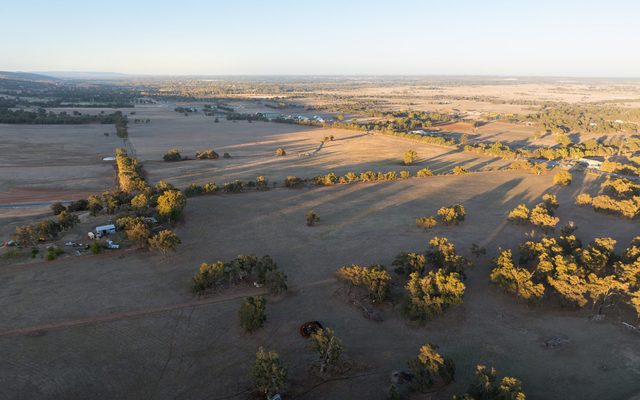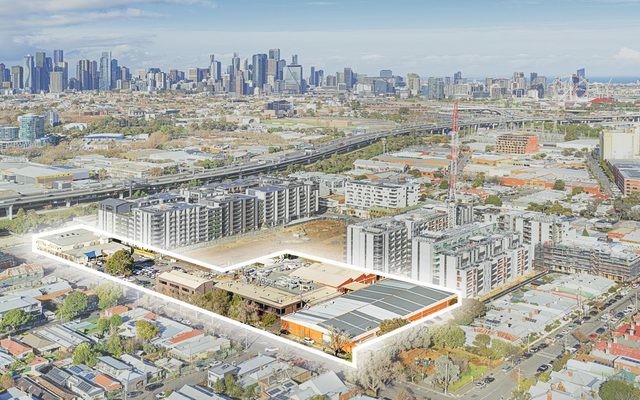This article is from the Australian Property Journal archive
AUSTRALIA’S land use zoning approach is currently limiting housing choice, restricting supply and increasing prices, according to a new research report, and reimagining suburban neighbourhoods, mandatory inclusionary zoning and community leadership are required to solve the country’s housing affordability crisis.
Town planner Martin Garred and the Winston Churchill Memorial Trust investigated housing approaches in the United Kingdom, United States, Denmark and Sweden.
Garred, Civity director, said over the last decade there was extensive discussions about the evolution of the “missing middle”, or medium-density housing, however, Australian suburbs are still dominated by single-family homes.
“Our planning system to date has restricted housing choice in large parts of our suburban neighbourhoods,” he said.
“Research abroad showed positive signs that Australia could adopt foreign housing approaches, but it would require bold leadership and community engagement to ensure success.
“An improved approach would involve changing zoning to allow greater diversity of housing, potentially up to four dwellings on every property, in areas that currently only allow for a single dwelling house to be established.”
A separate report released this week by Infrastructure Victoria recommended that building more high-quality, medium-density housing in established suburbs would mean more home choices close to jobs, services and existing infrastructure, and at more affordable prices.
Garred said Oregon and Minneapolis, in the US, are great examples of where this zoning approach for housing diversity has been successful, permitting unbiased small-scale residential development up to four dwellings city-wide.
He said that the Australian population set to hit 36 million by 2050, according to the Australian Bureau of Statistics, “the dream of a detached home and lush backyard isn’t attainable moving forward”.
Australia is set to welcome an extra 650,000 migrants this financial year next, driving the biggest two-year population increase in its history.
“One of the roles of planners and the land use planning system is to develop effective and responsive policies that enable the delivery of diverse and well-located housing that reflects both the needs and aspirations of the community,” Garred said.
“I call on all levels of government across Australia to reconsider the widespread use of exclusionary zoning.
“It will not restrict people from building single-family homes. However, it will address the significant lack of housing choice in many of our suburbs whilst also considering important factors like design, variety in price and location, and timeframes.”
Inclusionary housing, where the government mandates or incentivises a proportion of a residential or mixed-use development to be affordable housing, is a tried and tested practice around the world and provides a policy foundation to assist in mitigating a development’s impact on the housing market.
“Australia has reached a crisis point in housing affordability and we can no longer continue our current trajectory.
“We need to progress the collective thinking at the political, technical and community level to be one that is future focussed and human-centric, to encourage positive change and diverse housing on low-density residential areas.
AHURI’s Pathways to home ownership in an age of uncertainty report shows 74% of young adult renters in Sydney and Perth reported they had less than $5,000 in savings – not nearly enough for a home loan deposit – and 40% homeowner hopefuls expect to call on the bank of mum and dad to achieve their home ownership dream. A 20% deposit on the median dwelling price in Sydney is $220,000 and $106,000 in Perth.
In the overheated rental market, the national vacancy rate is sitting at just 1.0%, according to SQM Research, and the share of total properties listed for rent below $400 per week has nearly halved in the past year, PropTrack says.
Meanwhile, Labor looks set to fail to push its $10 billion Housing Australia Future Fund through the Upper House, Greens and crossbench Senators have urged Labor to spend billions more per year, and have said the 30,000 social and affordable housing the scheme would bring in is also insufficient.





